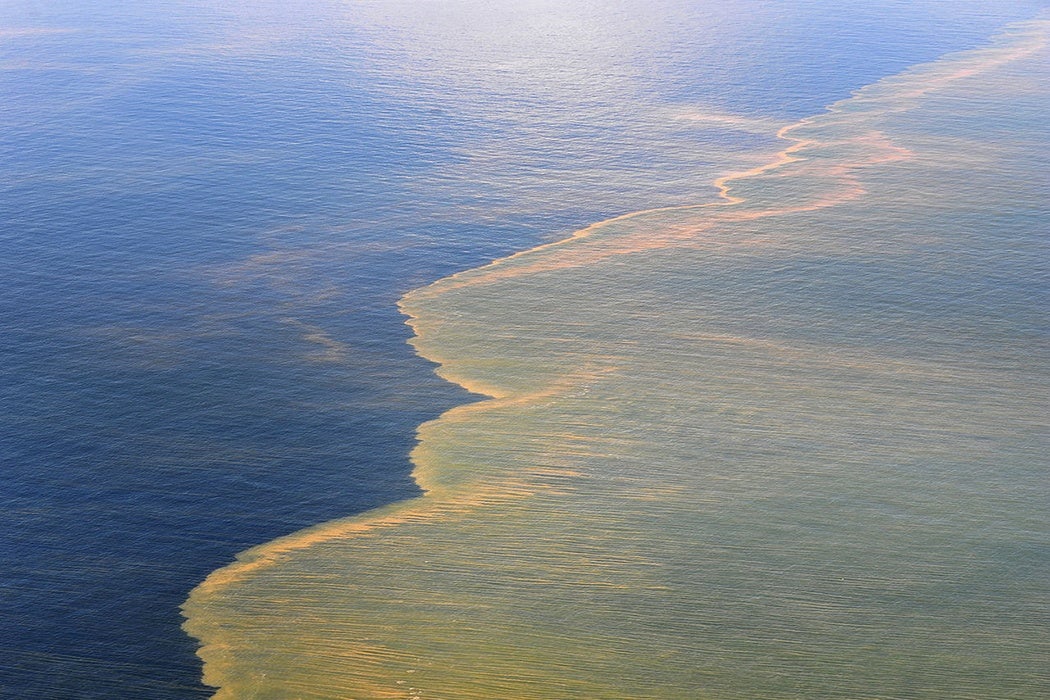Five years ago, on April 20, 2010, the Deepwater Horizon Drilling Platform caught fire in the Gulf of Mexico, resulting in the tragic death of 11 crew members. The Macondo blowout, as the incident came to be known, released oil unabated into the ocean for 87 days and is believed to be the largest accidental marine oil spill ever. Economic hardship, ecological damage, and a great deal of legal and public relations hand-wringing followed, and many issues remain unresolved. What was learned from the incident?
The depth and intensity of the Macondo spill caught not only regulators but scientists off-guard. The spill effectively began a whole new branch of science: the study of oil, hydrocarbons, and dispersant chemicals in deepwater environments. In an effort to break up the oil, dispersants were used in unprecedented volume and with great reluctance.
The dispersants continue to be the subject of much debate, as instead of settling in the sediment to be broken down by hydrocarbon-eating bacteria, dispersed oil hovers in the water column in microscopic drops. Dispersed oil spreads farther though the deepwater environment, is harder to remove, and will linger longer until (hopefully) it is chemically degraded. On the other hand, dispersed oil cannot clump up and foul birds or marine mammals, and it will not foul sensitive coastal environments. It is still unknown which process is worse.
Another legacy of the spill response has been extensive coastal modification. In a desperate attempt to keep oil slicks out of sensitive systems, sand berms were built, water flow into inlets was restricted, and inland sources of freshwater were diverted. The problem is that coastal environments such as wetlands need a constant flow of water, so restricting or diverting water might be just as bad as the oil. The impacts might even be worse as these modifications are permanent, while dynamic coastal systems rely on constant changes to thrive. There is no way to say what would have happened without these modifications, but the damage to coastal systems from water loss is measurable.
There may be one silver lining from the Macondo disaster. Ocean conservation has often received short thrift in public awareness, compared to images of slaughtered rhinos and burning forests. The 2010 spill brought the suffering of the oceans to the attention of the public, and hopefully stirred more awareness of marine environmental risks. Arctic drilling plans are now subjected to greater regulatory scrutiny, a sign of greater policy engagement. Alas, while research continues, the final ecological costs of the disaster may never be clear.







